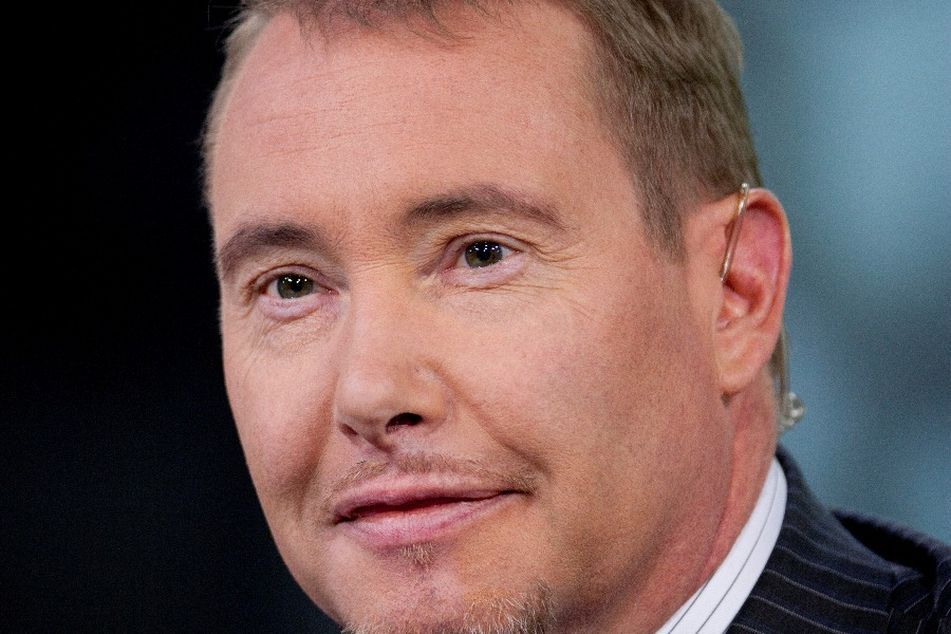Gundlach calls negative rates ‘dumbest, most horrible’ idea

Best place to hide if rates go negative is government bonds.
Jeffrey Gundlach, the widely-followed chief investment officer of DoubleLine Capital, took a swipe at negative-interest-rate policies, gave a nod to gold and gold miners, and said the big run for junk bonds is about done.
In a fixed-income focused webcast after the stock market closed on Tuesday, he pointed out that the bond market is forecasting about “half of one rate hike” this year, which contrasts the Federal Reserve’s latest position for two hikes this year.
As part of his presentation, Mr. Gundlach illustrated the contrast of how most of the global central bankers are pressing for lower, and even negative interest rates, while the U.S. Fed still clings to the message of higher rates on the horizon.
Mr. Gundlach believes the Fed’s quarter-point rate hike in December will end up being a “one and done situation.”
He elaborated that the December hike might have been a largely symbolic effort to get some kind of Fed tightening in place ahead of the November presidential election.
When pressed during the Q&A portion, Mr. Gundlach admitted he could not recall a time when the Fed raised rates this close to a presidential election.
On the issue of negative rates, which have already been embraced by the Eurozone, Sweden, Denmark, Switzerland and Japan, Mr. Gundlach unleashed his trademark straight talk.
“Negative rates are one of the dumbest, most horrible ideas I’ve ever heard of,” he said.
Regarding the effectiveness of negative rates, as a monetary tool, Mr. Gundlach elaborated that, “Europe went negative last year, and bond yields are higher and the euro has strengthened. And euro stocks have been a disaster relative to the U.S.”
Regarding rumors and concerns that the U.S. Fed might resort to negative rates, Mr. Gundlach doesn’t believe it is officially on the table for serious discussion at the Fed, yet.
“The evidence is piling up that the last thing you want to do is go negative,” he said. “Thankfully, we don’t appear to be going negative in the U.S.”
If investors think the U.S. is heading toward a negative-rate policy, which essentially means paying to own certain debt instruments, Mr. Gundlach said the best strategy would be to buy government bonds now.
“I don’t think it’s going to happen, but should it, we will deal with it,” he said.
Mr. Gundlach’s economic outlook tilted toward keeping an eye out for the next recession, which is becoming a bigger concern as unemployment has “stopped falling.”
“It’s possible that the unemployment rate will go above it’s one-year moving average in August or September, and that’s an early warning indicator that we need to be on recession watch,” he said. “We’re not forecasting a recession yet, but we see less traction in (inflation) and the unemployment rate may be bottoming out.”
Gold and gold mining stocks are still capturing Mr. Gundlach’s attention.
The precious metal is currently trading at about $1,250 an ounce, and Mr. Gundlach is maintaining his $1,400 price target.
“I remain bullish on gold, and I own gold and gold miners,” he said.
Learn more about reprints and licensing for this article.








